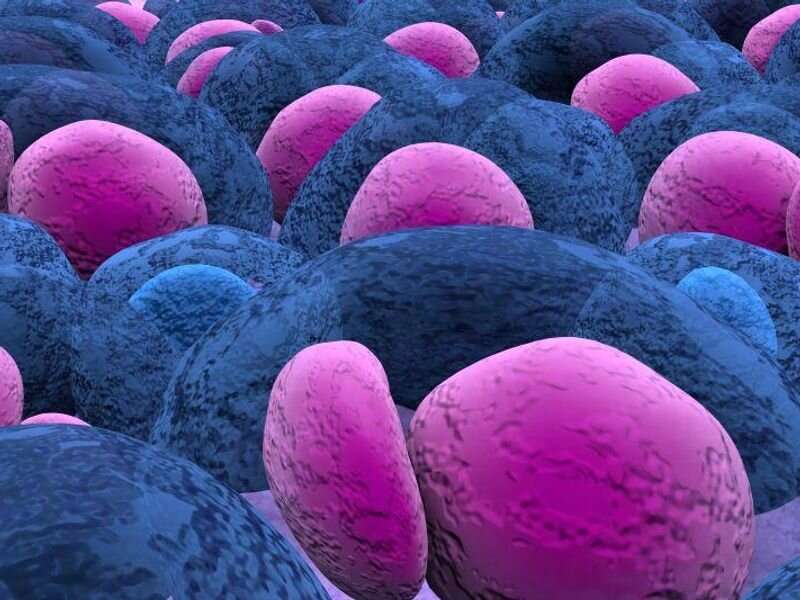Significant treatment attrition rate seen in multiple myeloma

There is a significant treatment attrition rate in newly diagnosed multiple myeloma (NDMM), according to a study published in the November issue of Leukemia & Lymphoma.
Victor H. Jimenez-Zepeda, M.D., from Alberta Health Services in Calgary, Canada, and colleagues describe the real-world MM population in Alberta in a retrospective observational study using administrative data for NDMM cases.
The researchers identified 1,377 treated NDMM cases between April 1, 2011, and March 31, 2017. Within the first year of diagnosis, 23.8 percent of these cases received an autologous stem cell transplant (ASCT). In the ASCT group, 57.6, 32.6, and 29.5 percent of patients advanced to second-line therapy, advanced to third-line therapy, and had four or more lines of therapy, respectively. In non-ASCT patients, 52.7, 22.7, and 14.7 percent advanced to second-line therapy, advanced to third-line therapy, and had four or more lines of therapy, respectively.
"We observed a significant attrition rate, particularly for non-ASCT MM patients. [These data provide] insights to support using the most impactful treatment upfront," the authors write. "This evidence also encourages the implementation of measures aimed at increasing chemotherapy tolerability, conceivably based on frailty assessments, while preserving and balancing myeloma disease control."
Several authors disclosed ties to Celgene Canada, which funded the study.
More information: Victor H. Jimenez-Zepeda et al, Real-world treatment patterns for patients with newly diagnosed multiple myeloma in Alberta, Canada, Leukemia & Lymphoma (2022). DOI: 10.1080/10428194.2022.2092852
Copyright © 2022 HealthDay. All rights reserved.



















